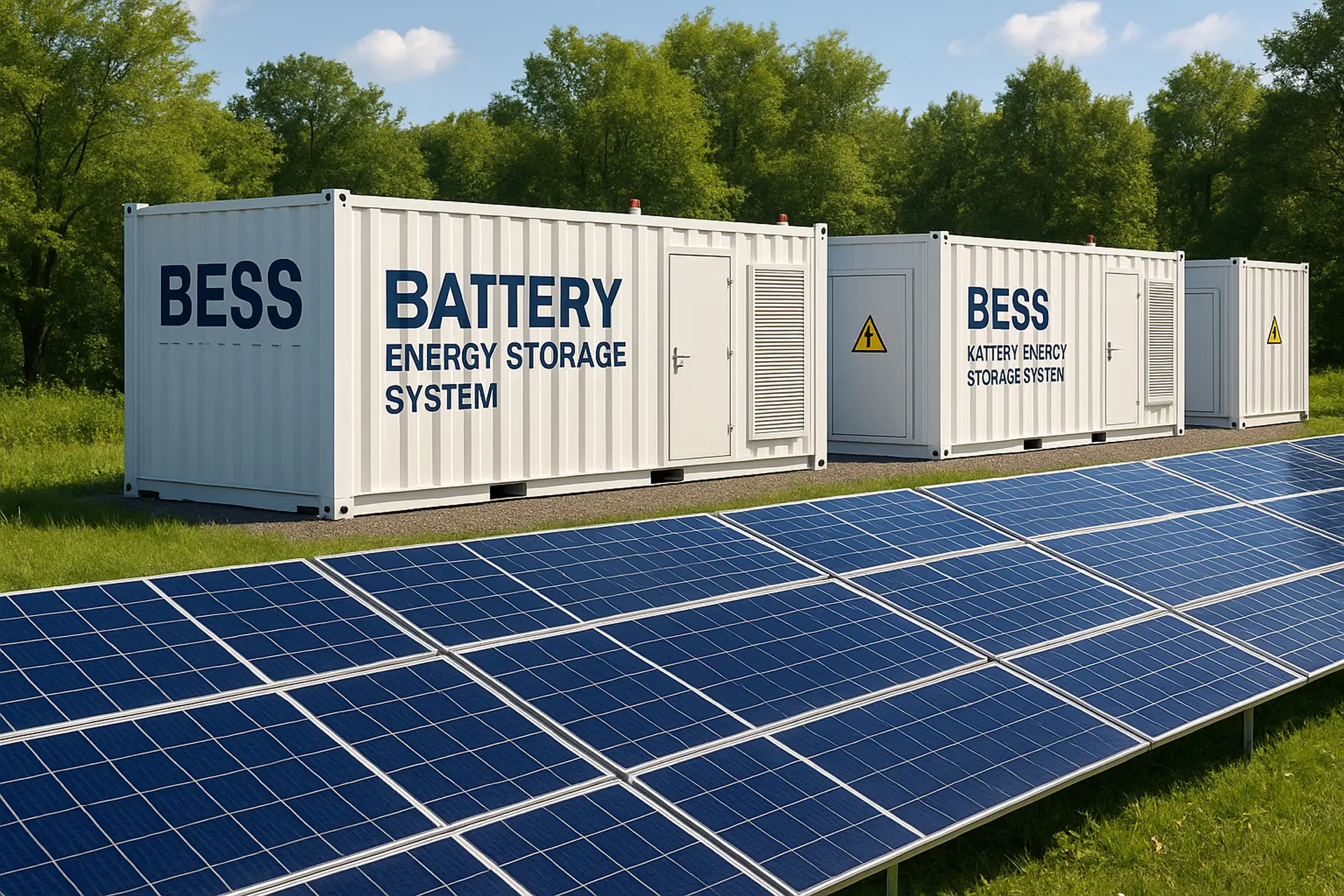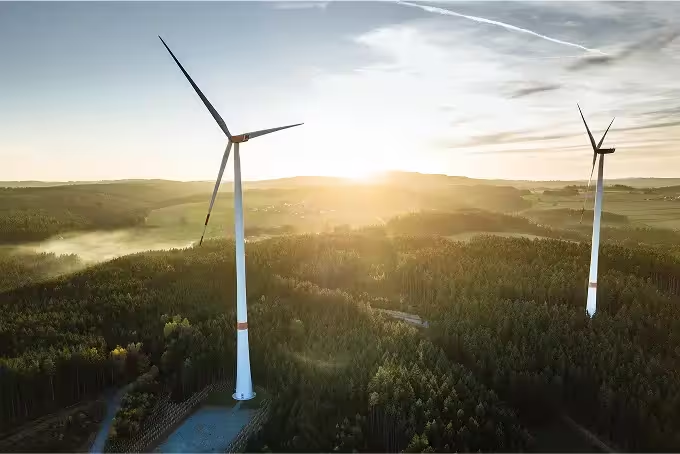How Operating a BESS Differs from Operating a Wind or Solar Site
At first glance, batteries might seem like just another renewable asset. But running a BESS is a completely different game compared to wind or solar. Here's what sets it apart.

Lifespan Management: Every Cycle Counts
Wind turbines and solar panels slowly degrade over 20+ years with relatively predictable performance. Not so for batteries.
BESS components degrade with every cycle - especially when charged or discharged too fast, too deep, or at the wrong temperature.
To extend battery life, operators need to:
- Avoid high-depth discharges too frequently
- Manage charging rates and times
- Operate within safe temperature and State of Charge (SoC) windows
This kind of fine-tuned operation is critical to protect asset value and ensure long-term ROI.
Revenue Optimization: It’s a Daily Puzzle
Wind and solar output depend on the weather. But BESS? They earn revenue through strategy.
BESS can tap into multiple markets: energy arbitrage, frequency regulation, capacity markets, or peak shaving. But choosing the best use on any given day requires:
- Constant monitoring of electricity prices
- Forecasting future grid conditions
- Intelligent decision-making at the minute level
It’s not just about being available — it’s about being available at the right time.
Higher Operational Complexity: Not Set-and-Forget
While solar and wind farms require maintenance and performance checks, their operation is largely passive.
A BESS needs:
- Continuous tracking of SoC, temperature, and voltage spreads
- Cell-level balancing to keep system availability high
- Detailed analytics to ensure systems perform optimally and safely
Without this, small issues like a few imbalanced cells can snowball into major performance losses or even unexpected downtime.
Bottom Line: Constant Optimization
Unlike wind or solar, running a BESS is not just about weather — it’s about precision, timing, and insight.
With the right tools and analytics, operators can stay ahead of degradation, make smart market moves, and keep performance at its peak. But it’s never set-and-forget — it’s optimize and repeat.
Get to know the BESS analytics in our weekly live demos! Sign up here.
Sign up for the next live group demo and learn how TWAICE can transform your BESS operations. In just 30 minutes, you’ll get a demo of key features and use cases, and engage with our product experts for a live Q&A.

.avif)

.avif)

